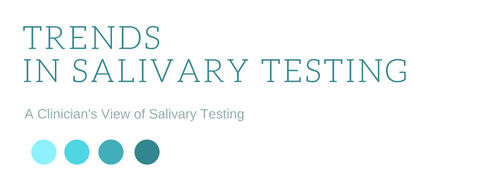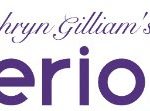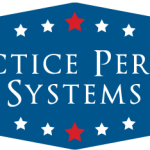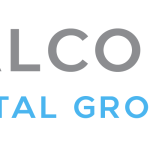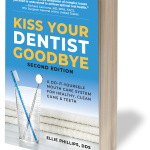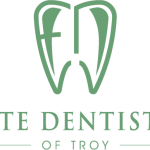
Every practice has that one person who steps up and helps out (without being asked), enjoys learning, and boosts the morale of the whole team. Chances are it is one of your hygienists. The best RDHs to employ are those who go the extra mile; but if you don’t acknowledge their extra effort, they will move on to a setting that does.
There is a shift happening in dental hygiene, and if we aren’t prepared for it, we are going to fall so far behind that it will be challenging to catch up. As ...
Read More
